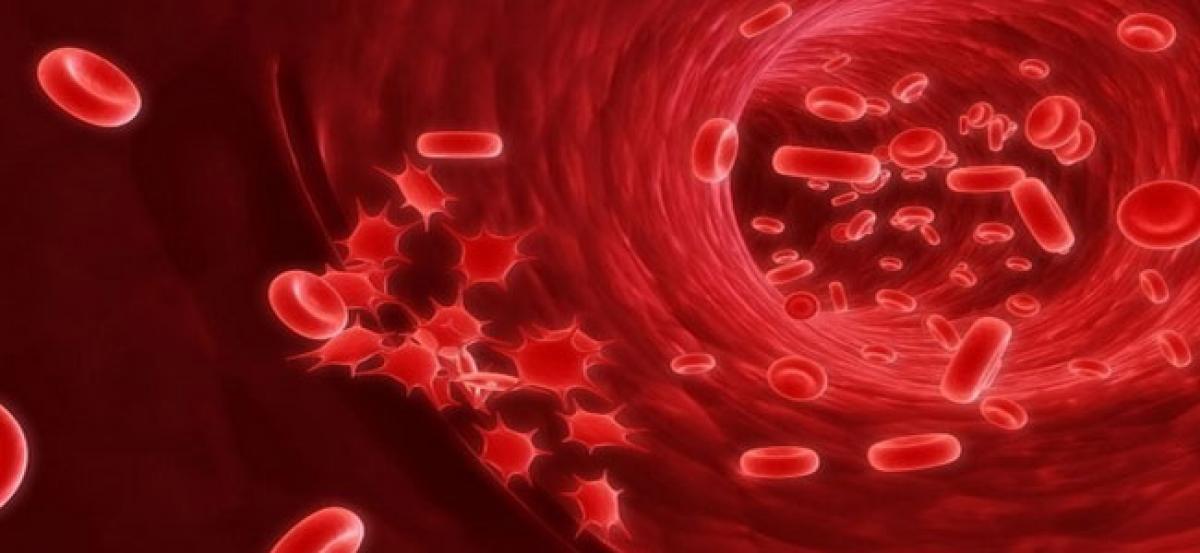Live
- Saibaba students advance to National Science Exhibition
- DCA raids unlicensed medical shops, seizes drugs
- Cong-BJP spar over Sidda’s 'horse trading' charge
- Ruckus over arrest of social media activists
- Cops intensify probe
- Uphold prestige of Assembly: Pawan
- Children are nation's future, says Revanth
- SC junks plea to ban WhatsApp
- RRR elected Assembly Dy Speaker unopposed
- Cong wants separate Constitution in J&K
Just In

Turns out, the time frame for anticancer therapies can be determined now with the help of biomarkers.
Washington D.C. : Turns out, the time frame for anticancer therapies can be determined now with the help of biomarkers.
According to a study conducted by Elsevier, a vascular stabilisation biomarker can visualise blood vessel activity, thus optimising the timing of anticancer therapies including anti-angiogenics.
Angiogenesis, the formation of new blood vessels, is essential for tumour growth. Combination therapy using angiogenesis inhibitors and anticancer drugs can improve drug delivery into tumour tissues and prolong progression-free survival.
"Vascular normalisation by angiogenesis inhibitors, such as vascular endothelial growth factor (VEGF) signalling inhibitors, is a promising method for improvement of chemotherapy. However, it is unclear how we can recognise the 'window of opportunity' for the tumour vascular normalising period for the effective timing of anticancer drug treatment. Therefore, biomarkers delineating this window are essential," explained researcher Nobuyuki Takakura.
Researchers showed that active proliferating vascular endothelial cells (ECs) in mice could be distinguished from dormant ones. "Our data showed that PSF1-promotor-EGFP mice may be utilised to visualise proliferating ECs by their EGFP expression," commented Takakura.
These results enabled researchers to successfully distinguish between proangiogenic ECs and quiescent ECs by their PSF1 gene promoter activity, which is associated with DNA replication and rapid proliferation of somatic cells. Therefore, CD109 expression in ECs marked normalized or silenced blood vessels in the tumour vasculature.
"Since CD109 is highly expressed in dormant ECs, we suggest it can be used to detect normalized blood vessels, thus allowing identification of the 'window of opportunity' for optimal delivery of chemotherapeutics," remarked Takakura.
Though angiogenesis therapy is clinically used to suppress tumour growth, unfortunately, monotherapy using anti-angiogenics such as VEGF signalling inhibitors does not effectively suppress tumour growth in patients.
Adding an anti-angiogenic drug can boost an anticancer drug's effectiveness. Basic research indicated that anti-angiogenic therapy allows the blood vessels to return to quiescence and "normalise" so that the anticancer drug can penetrate the tumour more effectively.
The study appears in The American Journal of Pathology.

© 2024 Hyderabad Media House Limited/The Hans India. All rights reserved. Powered by hocalwire.com







